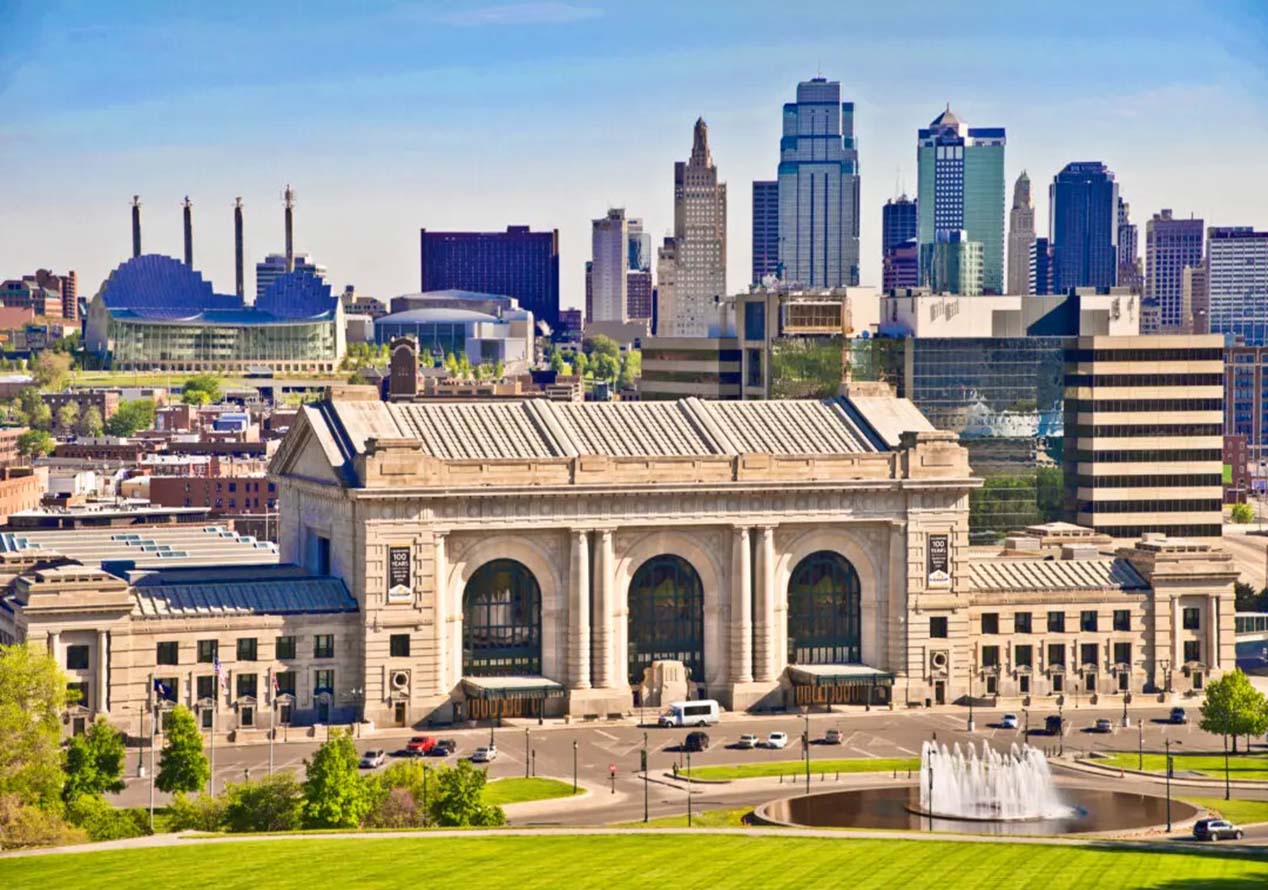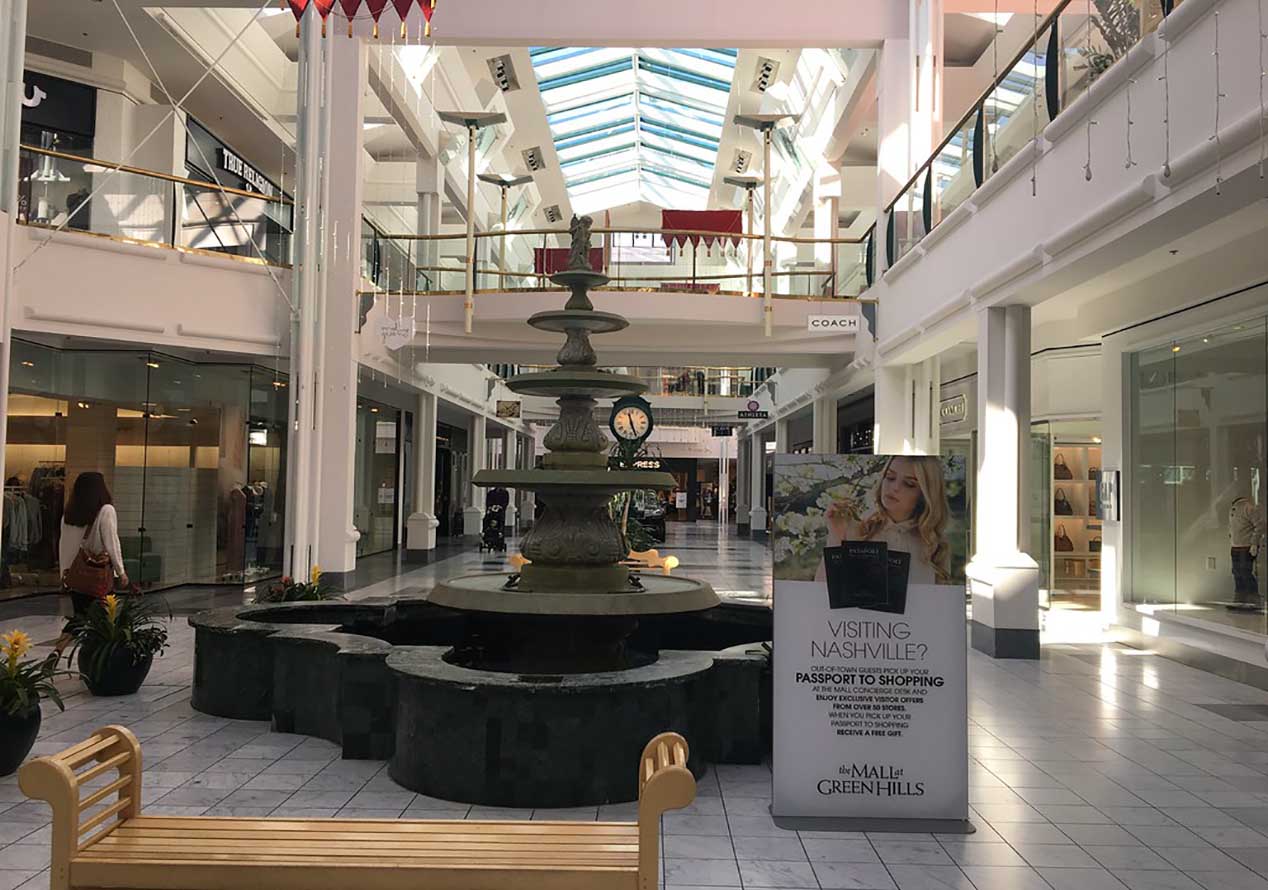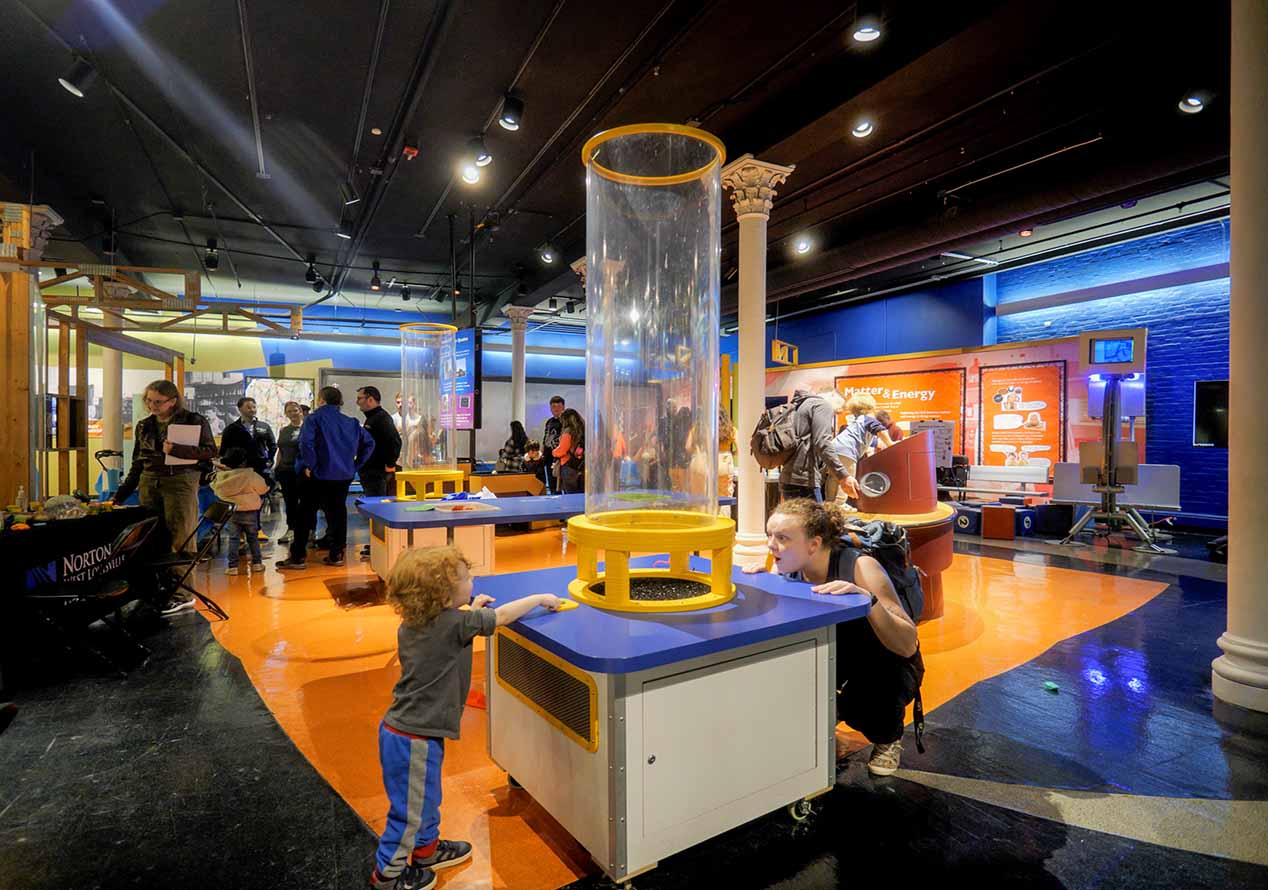Kansas City, a city known for its vibrant jazz scene and rich culinary traditions, also boasts a deep and fascinating history that is often overshadowed by its modern attractions. My recent trip to this Midwestern gem was an eye-opening experience, revealing layers of historical significance and heritage that have shaped the city into what it is today. From grand architectural marvels to poignant historical sites, Kansas City’s history is woven into the very fabric of its streets and neighborhoods. Here’s a journey through some of the most iconic landmarks and historic sites that offer a window into the past of this dynamic city.
1. Union Station
My exploration of Kansas City’s historical tapestry began at Union Station, one of the most impressive examples of Beaux-Arts architecture in the region. Built in 1914, this grand railway station was once one of the busiest transportation hubs in the country. As I stepped inside, I was immediately struck by the station’s opulence—the soaring vaulted ceilings, the intricate terrazzo floors, and the expansive waiting areas that echo with a sense of bygone grandeur.
Historical Significance:
Union Station was a pivotal point during the early 20th century, serving as a major gateway for travelers moving across the country. During World War II, it played a critical role in troop movements and was a center of activity for soldiers heading to and from the front lines.
What to See:
Today, Union Station is not just a transportation hub but a vibrant cultural center. The station houses several attractions, including the Science City interactive museum, the Kansas City Southern Museum, and a variety of dining options. The grand hall, with its stunning architecture, often hosts events and exhibitions, making it a lively spot for both visitors and locals.
2. The Nelson-Atkins Museum of Art
Just a short drive from Union Station, the Nelson-Atkins Museum of Art is a must-visit for anyone interested in art and history. The museum’s neoclassical building, completed in 1933, is an architectural masterpiece in itself, but it is the treasures housed within that truly captivate.
Historical Significance:
The museum was established through the generosity of Kansas City philanthropists, William Rockhill Nelson and Mary Atkins. Their vision was to create a space where the public could experience and appreciate art, and their legacy continues to enrich the cultural landscape of the city.
What to See:
The Nelson-Atkins boasts an impressive collection of over 35,000 works of art, spanning from ancient civilizations to contemporary pieces. Highlights include the museum’s renowned collection of Asian art, American art from the 18th to the 20th centuries, and the magnificent sculpture garden. Walking through the galleries, I felt a profound connection to both historical and modern artistic expressions.
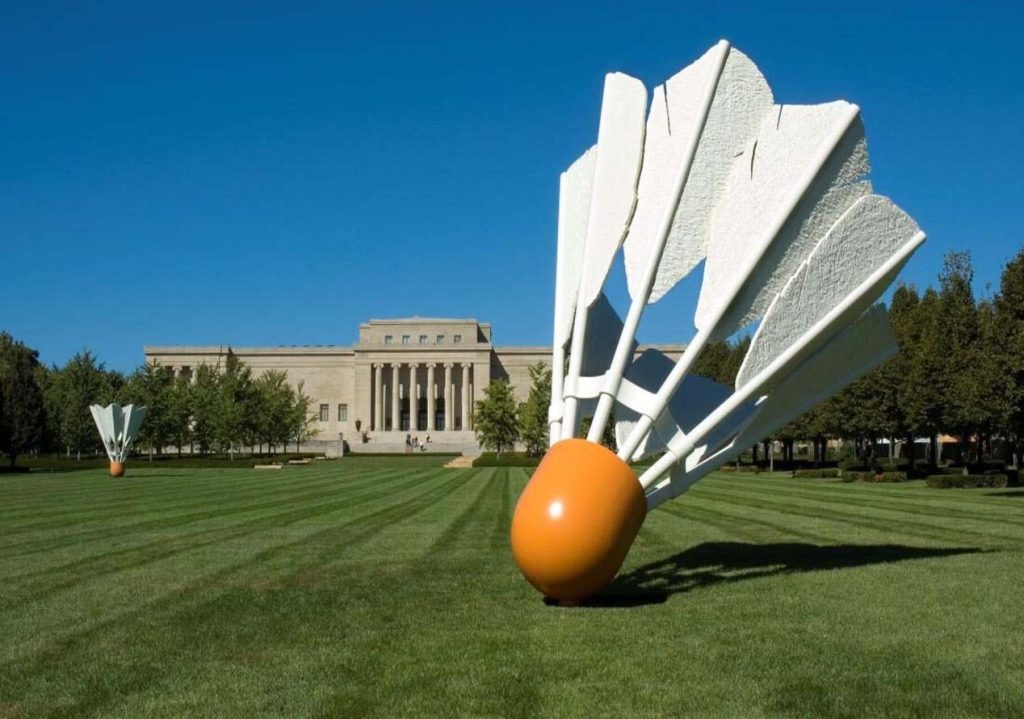
3. The National World War I Museum and Memorial
One of the most moving experiences of my visit was exploring the National World War I Museum and Memorial. Dedicated to preserving the memory of World War I and educating visitors about its impact, the museum offers a comprehensive and poignant look at the Great War.
Historical Significance:
Kansas City’s connection to World War I is particularly strong due to the significant role played by local organizations and individuals during the war. The Liberty Memorial, which stands at the heart of the museum complex, was erected to honor the soldiers who fought and died in the conflict.
What to See:
The museum’s exhibits provide a detailed and immersive experience, from personal stories of soldiers and civilians to the technological advancements of the war. The Liberty Memorial’s observation deck offers panoramic views of the city and serves as a powerful reminder of the sacrifices made during the war. Standing on the deck, I was struck by the solemn beauty of the memorial and the profound sense of respect it commands.
4. Kansas City’s Historic Jazz District
Kansas City’s jazz history is legendary, and visiting the Historic Jazz District, particularly the 18th and Vine area, was like stepping back in time. This district played a crucial role in the development of jazz music during the early 20th century and remains a vibrant testament to the city’s musical heritage.
Historical Significance:
The 18th and Vine area was a bustling center for jazz musicians, including legends like Count Basie and Charlie Parker. The district was integral to the jazz movement and was a focal point for cultural and social life in Kansas City.
What to See:
A visit to the American Jazz Museum provides an in-depth look at this rich musical history. Exhibits include memorabilia from jazz greats, interactive displays, and recordings that capture the essence of the genre. The nearby Blue Room, a historic jazz club, offers live music performances that continue the legacy of the area’s vibrant jazz scene. I enjoyed soaking in the soulful melodies and experiencing the same energy that once fueled the city’s jazz revolution.
5. The Kansas City Zoo
While the Kansas City Zoo might not immediately come to mind when thinking about historic sites, it is deeply rooted in the city’s history. Established in 1909, the zoo has grown from a small menagerie into a major conservation and educational facility.
Historical Significance:
The zoo’s early years were marked by efforts to provide a more humane and educational environment for animals, reflecting broader trends in zoo management and animal welfare during the early 20th century.
What to See:
Today, the Kansas City Zoo is home to a diverse range of animals from around the world, including endangered species and native wildlife. The zoo’s exhibits are designed to mimic natural habitats, offering visitors an immersive experience. Highlights include the Africa and Australia regions, which showcase the zoo’s commitment to conservation and education. Wandering through the zoo, I appreciated how it combines historical growth with modern conservation efforts.
6. The Harry S. Truman Presidential Library and Museum
A short drive from downtown, the Harry S. Truman Presidential Library and Museum in Independence, Missouri, is an essential stop for anyone interested in American history. Truman, the 33rd President of the United States, played a pivotal role in shaping the post-World War II era.
Historical Significance:
The library and museum offer insights into Truman’s presidency and personal life, providing context for his decisions during a crucial period in American history, including the end of World War II and the beginning of the Cold War.
What to See:
The museum’s exhibits include artifacts from Truman’s life, documents from his presidency, and interactive displays that offer a comprehensive look at his time in office. The library also features Truman’s original residence, giving visitors a glimpse into his everyday life. As I explored the exhibits, I gained a deeper appreciation for the complexities of Truman’s presidency and the significant impact he had on global events.
7. The Kansas City Public Library’s Central Branch
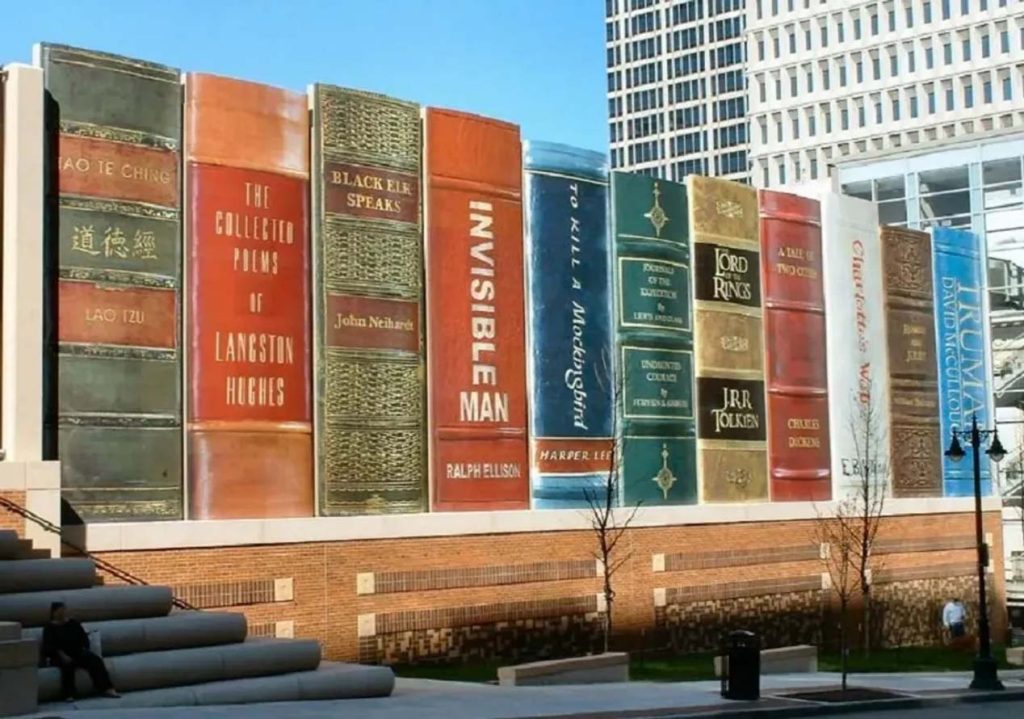
The Central Branch of the Kansas City Public Library is a historical gem and an architectural marvel. Housed in a former department store building, the library’s design is as impressive as its collection.
Historical Significance:
Opened in 2004, the library’s building is a transformed landmark, combining historical preservation with modern functionality. Its grand architecture and community focus reflect Kansas City’s commitment to preserving its historical and cultural heritage.
What to See:
The library’s interior is beautifully designed, with high ceilings, elegant furnishings, and an extensive collection of books and archives. The library also hosts events, lectures, and exhibitions that celebrate the city’s history and culture. One of the standout features is the “Community Bookshelf,” an outdoor installation that features oversized book spines representing beloved works of literature.
Kansas City’s history is as rich and diverse as its cultural offerings. From the grandeur of Union Station and the artistic treasures of the Nelson-Atkins Museum to the poignant reflections at the National World War I Museum and the musical legacy of the Historic Jazz District, each site offers a unique perspective on the city’s past. Exploring these landmarks provides a deeper understanding of Kansas City’s development and the people who have shaped its history.
Whether you’re a history buff, a culture enthusiast, or simply curious about the city’s heritage, Kansas City offers a wealth of experiences that bring its past to life. As I walked through these historic sites, I was continually reminded of the city’s dynamic evolution and the enduring spirit that continues to define it.
